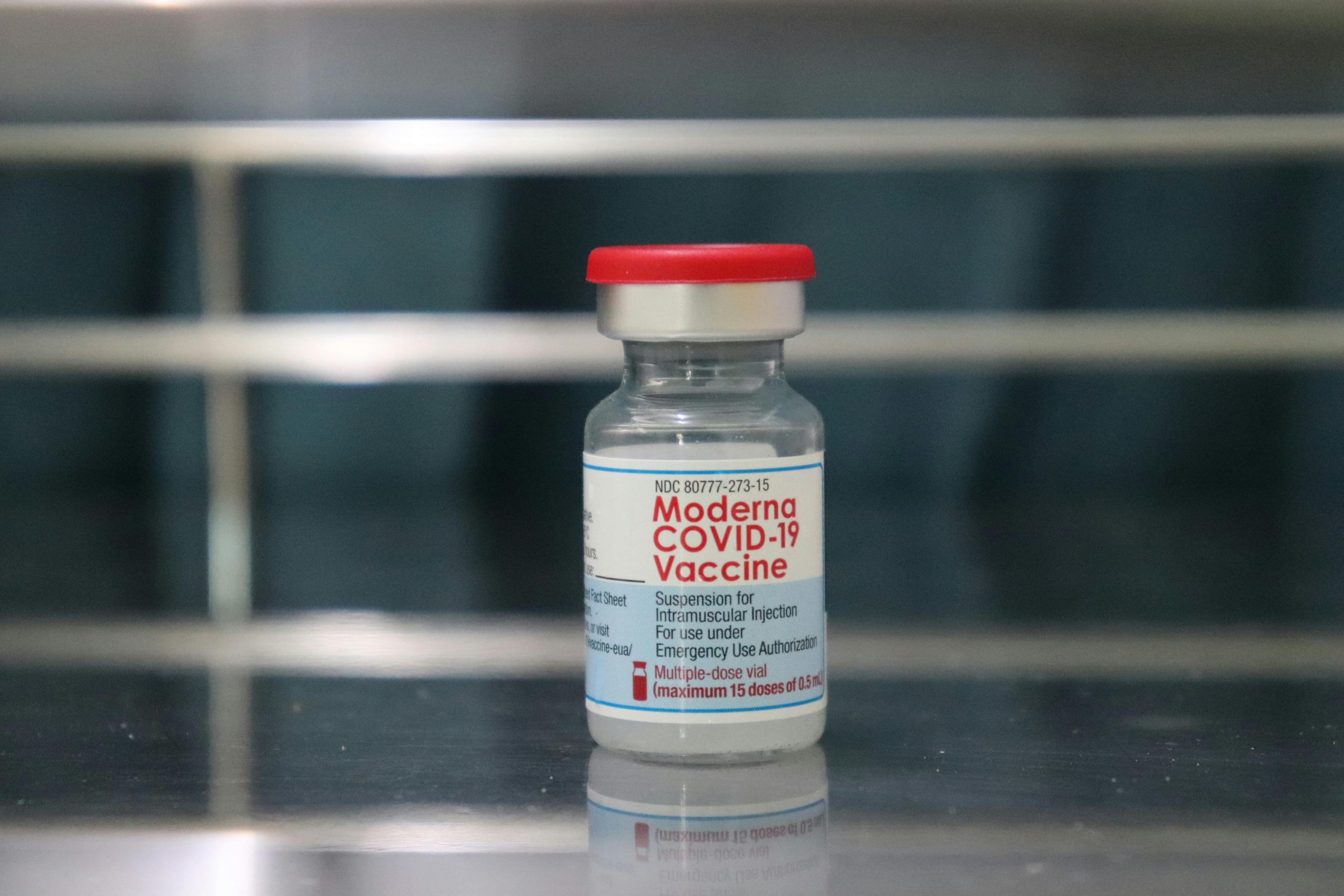Converting all your website images to WebP format can be a good idea, but it depends on several factors. WebP is a modern image format developed by Google that provides superior lossless and lossy compression for images on the web. Here are some considerations for whether to make the switch:
File Size and Load Speed: WebP images are generally smaller in size compared to traditional formats like JPEG and PNG. This can lead to faster page load times, which is crucial for user experience and SEO.
Quality: WebP supports both lossy and lossless compression, and it can handle transparency (like PNG) and animated images (like GIF). In many cases, WebP achieves similar or even better image quality than JPEG or PNG at lower file sizes.
Browser Compatibility: While the browser support for WebP has grown significantly, some older browsers do not support it. As of October 2023, most major browsers, including Chrome, Firefox, Edge, and Opera, support WebP, but Internet Explorer and some older versions of Safari do not. If your audience includes users with these browsers, you will need to provide fallback options.
Conversion Process: While converting all your images to WebP can be beneficial, it requires a well-planned process, especially if you have a large number of images. Make sure to test the quality after conversion and ensure that the performance gains are significant.
SEO Benefits: Improved page load speed from using optimized WebP images can positively impact your SEO rankings as site speed is a ranking factor for search engines.
Accessibility: Consider whether converting all images to WebP is necessary for your specific use case. It may not be worth the effort if only some images are significantly large or if most images are already optimized.
In conclusion, converting your website images to WebP is generally a good option for improved performance and reduced loading times, but you should weigh the benefits against the browser compatibility and the specifics of your audience and website. If you decide to convert, implement fallback options for unsupported browsers to ensure all users can still access your content effectively.


One response to “Is converting all website images to WebP format beneficial?”
This post provides a comprehensive overview of the benefits and considerations when switching to the WebP format. I’d like to expand on the idea of browser compatibility, as it’s crucial for maintaining an inclusive user experience.
While it’s true that WebP is widely supported among modern browsers, it’s worth mentioning that tools like “picture” tags and “srcset” attributes are excellent ways to manage image formats tailored to users’ needs. By implementing these HTML elements, you can easily provide fallbacks while optimizing for various devices and scenarios. For example, using a combination of WebP and traditional formats like JPEG/PNG ensures users with older browsers still receive a quality experience without compromising loading times for those on modern platforms.
Additionally, it might be beneficial to analyze your audience’s browser usage data. Platforms like Google Analytics can help identify whether fallback options are necessary. For websites heavily reliant on visual content, the user experience can be further enhanced by utilizing variables such as geographical location and the typical devices used by your audience.
Finally, when considering the conversion process, using automation tools can streamline the workflow significantly, especially for sites with extensive image libraries. These tools can automate not only the conversion but also the testing of image quality and performance, ensuring optimal results with minimal manual intervention.
Overall, transitioning to WebP can lead to substantial improvements in site performance and user engagement, but implementing it with a thoughtful strategy will provide the best outcome for all users. Thank you for shedding light on such an important topic!